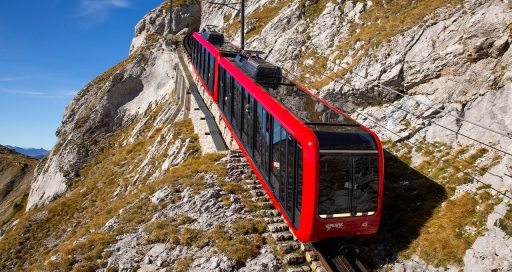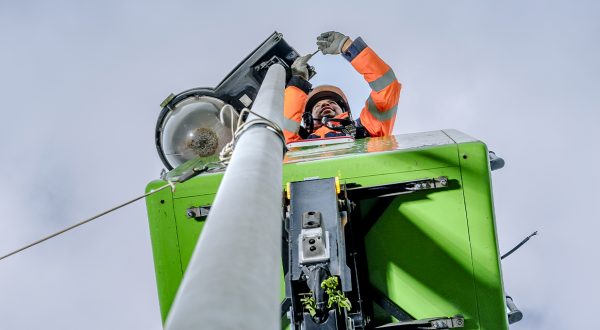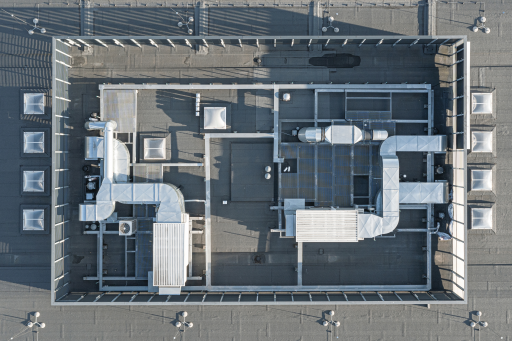The Swiss company PILATUS-BAHNEN AG has entrusted Actemium with the development of an innovative dispatcher assistance system plying the slopes of Mount Pilatus.

©PilatusBahn
A true Swiss institution, PILATUS-BAHNEN AG trains provide tourists from all over the world with rail access to Mount Pilatus, one of the most popular destinations in the Swiss Alps. Since the line first opened in 1886, these iconic cogwheel trains ascending and descending the world’s steepest rail track (up to 48% gradient) have undergone many technical enhancements, allowing them to transport hundreds of thousands of people a year in complete safety.
The company recently embarked on a large-scale project to renovate and modernise its rolling stock and infrastructure, including the trains, stations and points. This project involves Actemium, the VINCI Energies brand specialising in industrial and train safety processes, which in 2019 got the green light to install an innovative dispatcher assistance system.
“We added to VBBa (Visualisation and Operating System for Railways), which had already proven its worth on other railways in Switzerland and other countries, a new system: PbS (Position-based Signaling). Specially designed for cogwheel railways, PbS ensures track safety, adherence to speed limits, and conformity with virtual signalling, and triggers an innovative Collision warning system”, explains Actemium LeitTec Project Lead, Peter Tschan.
Multiple challenges
One of the many challenges facing the Actemium team was to develop a system suitable for trains that are mostly automated. While the new trains continue to run with a driver on board, the driver is freed from the most basic driving tasks, the better to focus on monitoring for such things as fallen rocks or trees, and risky behaviour from tourists.
The train can now run every 35 minutes instead of 45.
PbS also supports ATO (Automatic Train Operation). The rolling stock on the Pilatus Railway is operated with Grade of Automation 2 (GOA 2). This enables automatic acceleration and braking. The train driver always has an overview of his environment and can intervene at a moment’s notice. “The central driver’s cab control panel gives drivers all the information they need to operate and monitor the vehicle from the point of view of the PbS,” says Patrick Blaser, Head of Technology & Operations at PILATUS-BAHNEN AG.
The company has invested around 50 million Swiss francs (€52 million) in the whole project, its most extensive modernisation project in 130 years. Thanks to these technical innovations, the cogwheel train can now run every 35 minutes (compared with 45 minutes in the previous configuration).
“VBBa and PbS have been in service since June 2023 and are working perfectly,” says Peter Tschan. “Our team is currently working on the finishing touches, and the project will be completed in 2024″. The next stage will be to incorporate an automatic route setting equipment that will be able to regulate the traffic automatically based on the timetable.
12/15/2023



